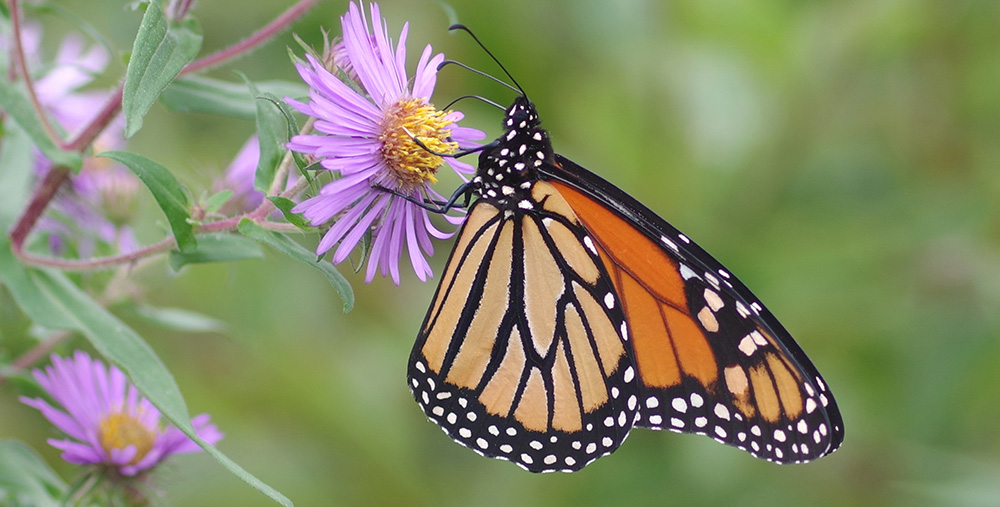
WGLBBO, FBMP and OWLT: Ten years and growing
February 19, 2020 | Topics: Places
Story and photography by Kate Redmond
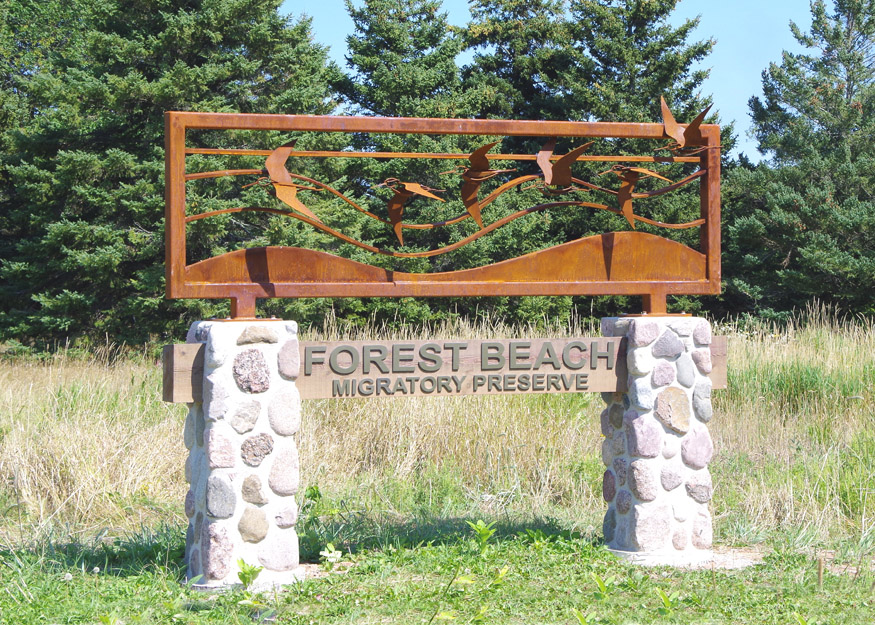
From its beginnings as an organization almost ten years ago, the Western Great Lakes Bird and Bat Observatory (WGLBBO) has been intertwined with—and sometimes inseparable from—Forest Beach Migratory Preserve (FBMP), a property owned by the Ozaukee Washington Land Trust (OWLT).
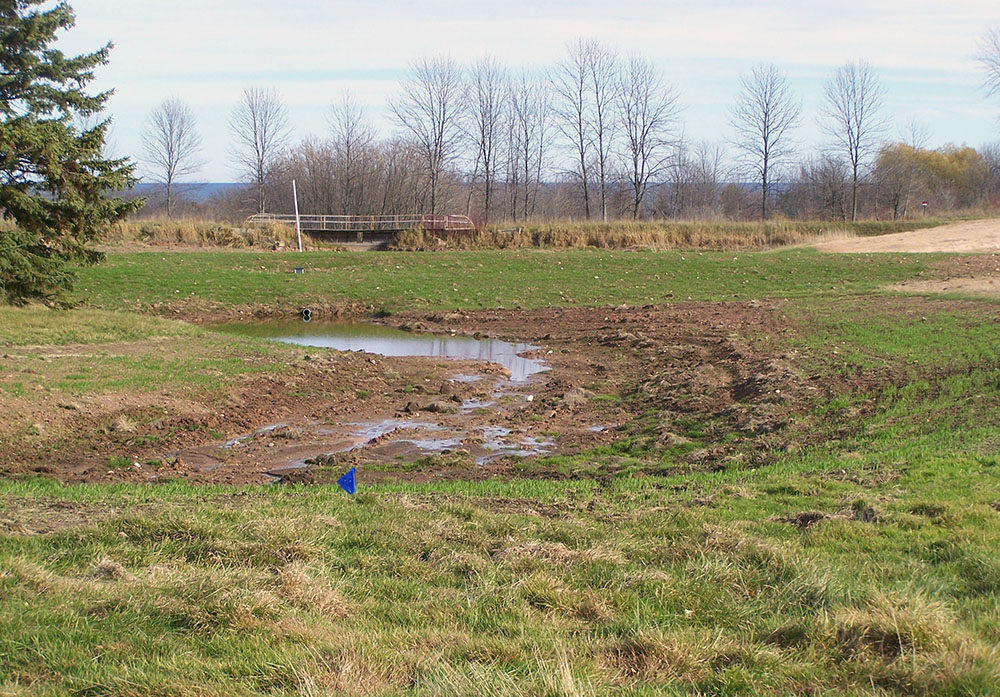
Forest Beach is the former Squires Golf Course. When it was for sale in 2007, Noel Cutright, founder of WGLBBO, and Shawn Graff, then Executive Director of OWLT, saw beyond the tees and water hazards and recognized the property’s importance as a stopover site for birds that use the western shoreline of Lake Michigan as a migration route. The chance to protect 116 undeveloped acres near the shoreline was a once-in-a-lifetime opportunity.
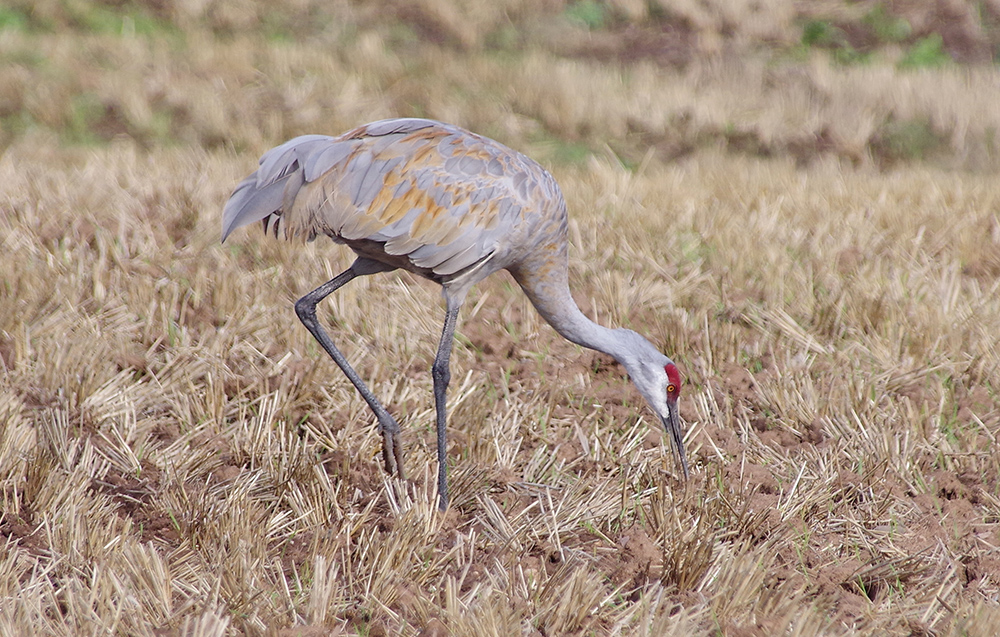
The question for OWLT was, “Why save a golf course, isn’t it already open space?” Noel suggested that the land trust reach out to Kim Grveles at the Wisconsin DNR to understand the important role the property played for migratory birds. Kim oversaw a survey to assess the potential value of the Lake Michigan shoreline for migrating birds. Kim’s research demonstrated the importance of the site for migratory birds on their spring and fall journeys. Noel was able to make the case to the OWLT board that once the property was protected and ceased to be a golf course, 12 million gallons of water would no longer be pumped from the two high capacity wells on the site, and the annual application of six tons of fertilizers, herbicide and pesticides would be halted—all measures that would be beneficial to the environment and for birds. With that motivation OWLT purchased the property in 2008 using a grant from the Knowles-Nelson Stewardship Program and private funding from individuals and organizations.

Stopover sites are rated for the services they provide to birds as they move between their summering and wintering grounds. “Fire Escapes” are infrequently used but are vital in case of emergency; “Convenience Stores” are habitat patches of varying size within a generally inhospitable landscape where birds can rest briefly and replenish some reserves; and “Full Service Hotels” are extensive areas of predominately forested habitat that are rich in necessary resources and can serve many individual birds and many species. The Land Trust’s goal was to develop a “Full Service Hotel” at Forest Beach.

Noel and Shawn discussed how to address the management of the site. Unlike any property the Land Trust had protected before, Forest Beach had been altered in many ways. Manicured greens, driving ranges, sand traps, asphalt parking lots and golf cart trails had created a site that was changed beyond the ability to reasonably restore it to pre-settlement condition. Noel pitched the idea that rather than focus on returning the site to what it once was, why not focus on what the birds need? A “patchwork quilt” management plan was developed, enhancing wetland, grassland, shrubland and woodland habitats for nesting and migrating birds while keeping some of the existing plantings. Water hazards became ponds, more ponds were excavated, and water levels were controlled to provide optimal habitat for shorebirds. OWLT planted shrubs, prairie and wetland plants, removed over one acre of asphalt and developed several miles of mowed trails.
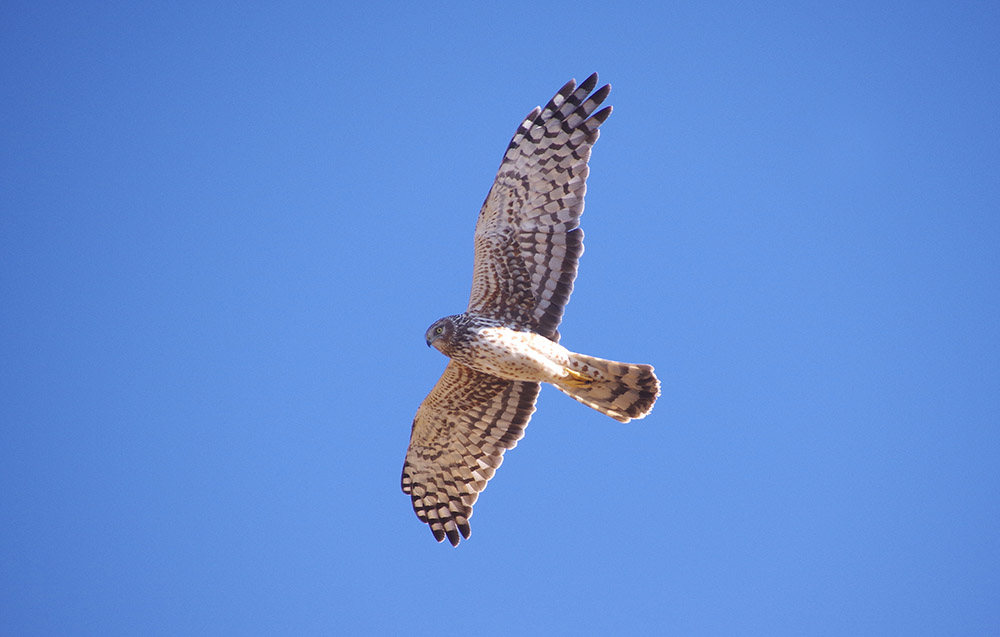
The Land Trust’s vision and the importance of the project was reaffirmed in 2010 with a $454,000 Federal Economic Recovery Act grant (stimulus money that was targeted for restoration projects in the Great Lakes region), which allowed the Land Trust to compress the massive restoration project into just 18 months. Forest Beach attracted nationwide attention and was featured in an article about reclaimed golf courses in Audubon magazine in 2013 and a segment on National Public Radio.
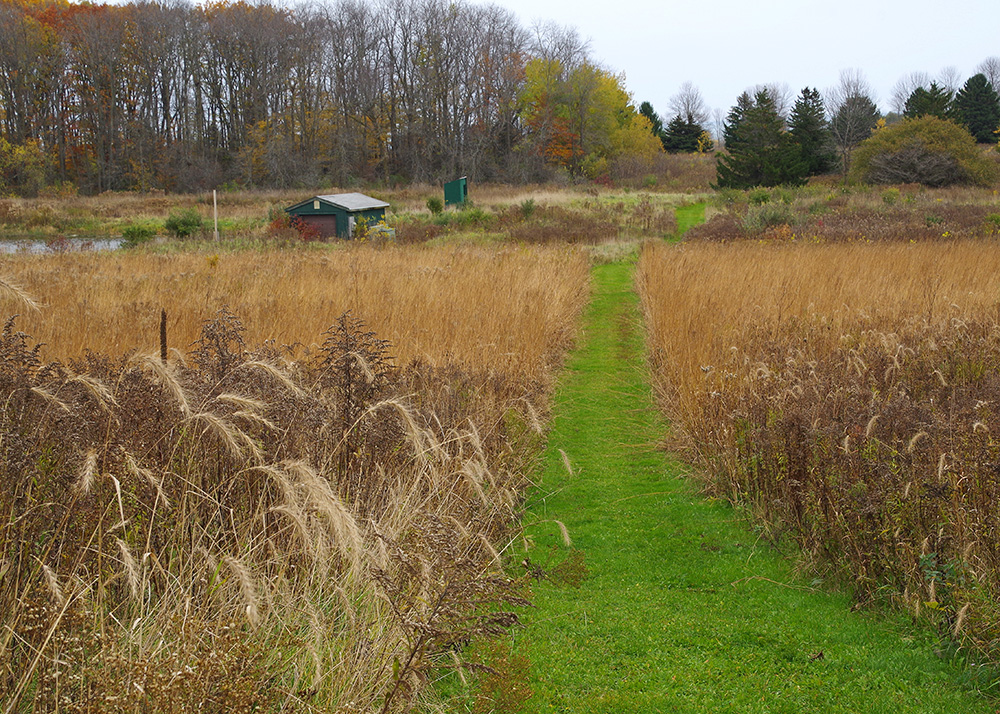
The hard work paid off. In rebuilding habitat from the ground up, the plants and insects that are the supporting cast for birds have become more diverse. Today’s bird list stands near 260 and includes a number of uncommon and rare species. Rare and uncommon butterflies and dragonflies have been spotted there, too. Although Shawn Graff is no longer director of OWLT, Tom Stolp, the new Executive Director, remains committed to the mission at Forest Beach of enhancing habitat and battling invasive plant species.

As reclamation work was under way, Noel Cutright started working to fulfill his vision of creating a bird observatory in the Midwest. He gathered support, and by the fall of 2010, with significant backing from OWLT, the Western Great Lakes Bird and Bat Observatory was born. It was housed in the old pro shop in the clubhouse at the newly renamed Forest Beach Migratory Preserve. And he wrote WGLBBO’s mission: “to advance knowledge of bird and bat populations and their conservation in Wisconsin and throughout the Western Great Lakes Region through coordinated research, monitoring, and education using good science.”

WGLBBO’s primary goal is to advance scientific studies. Observatory staff and sub-contractors carry out research both on the property and elsewhere. To see a list of past and present projects and conservation partnerships, go to the WGLBBO website.
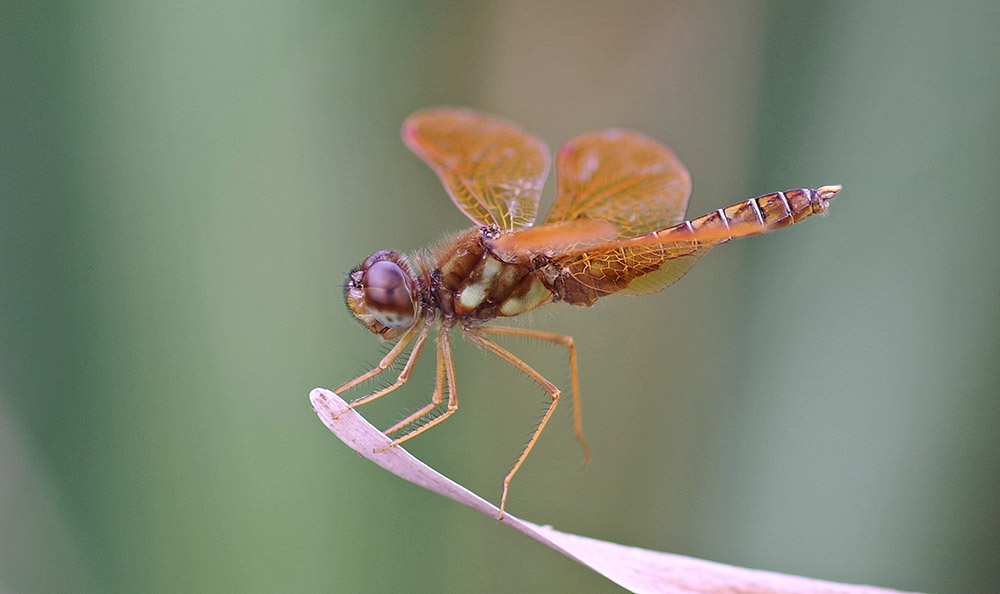
Our ties to the land at Forest Beach have given us a venue to sponsor outreach and education events like World Migratory Bird Day celebrations, monarch butterfly tag-and-release events, and our annual Southeastern Wisconsin Conservation Summit—all against the backdrop of that beautiful landscape. Although maintenance issues in the former clubhouse have led to our departure to new quarters, we plan to continue our connection to Forest Beach and to schedule events there. Watch our website for events throughout 2020.
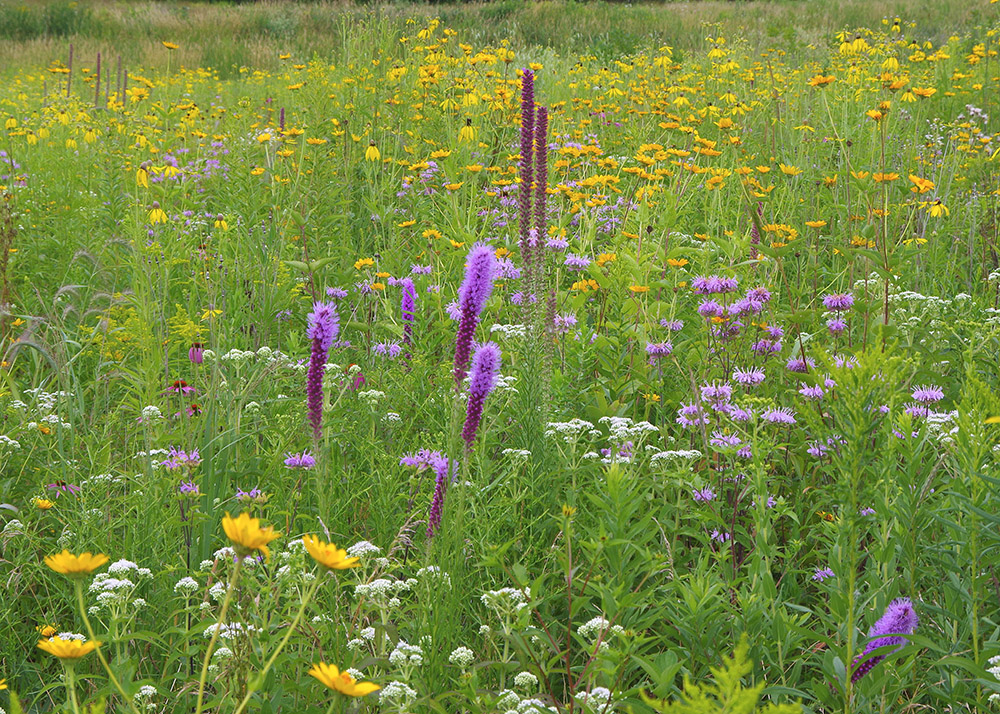
Note: The new address of Western Great Lakes Bird and Bat Observatory is 116 W. Grand Avenue, Suite 207, Port Washington, WI 73074.
Related stories:
Monarch tagging event at Forest Beach Migratory Preserve
Southeastern Wisconsin Conservation Summit convenes at Forest Beach
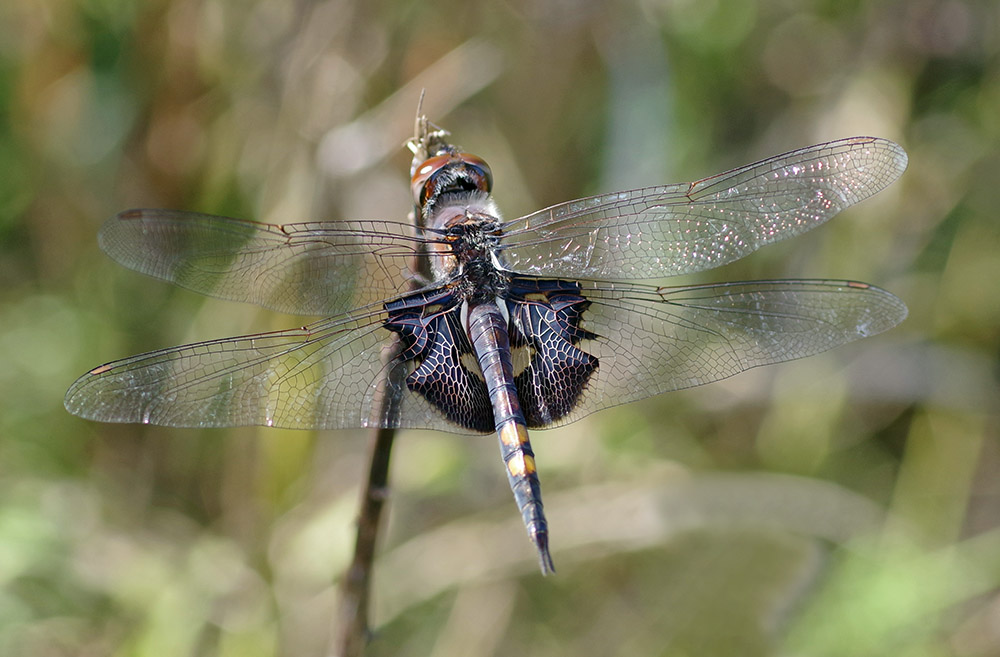
Kate Redmond is a naturalist, WGLBBO board member, Friends of Cedarburg Bog board member, and self-described “BugLady.” See her “Bug of the Week” column on the UWM Field Station website.
WGLBBO and OWLT are both partner organizations to A Wealth of Nature.

